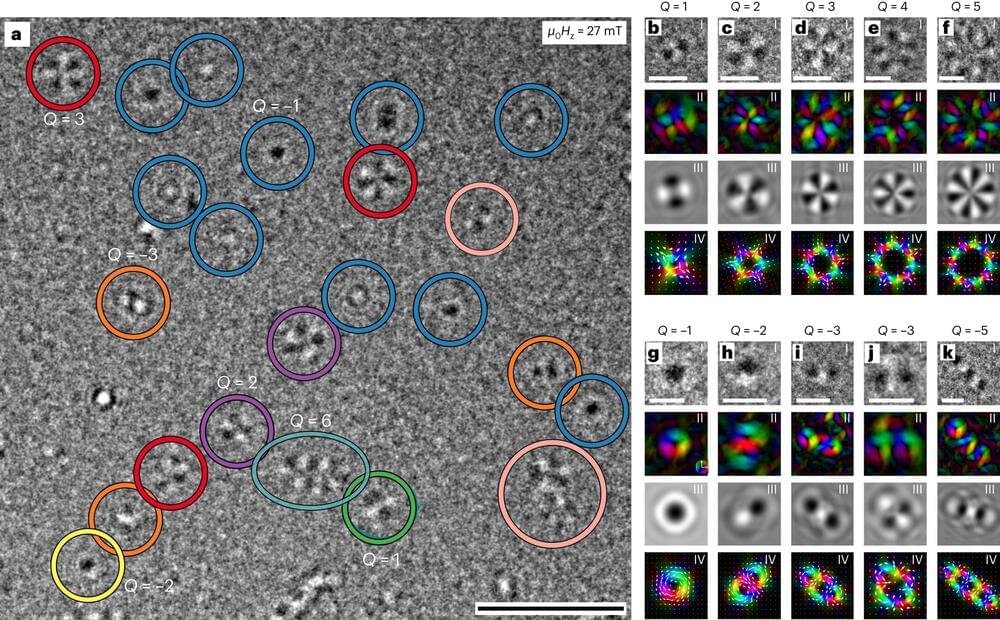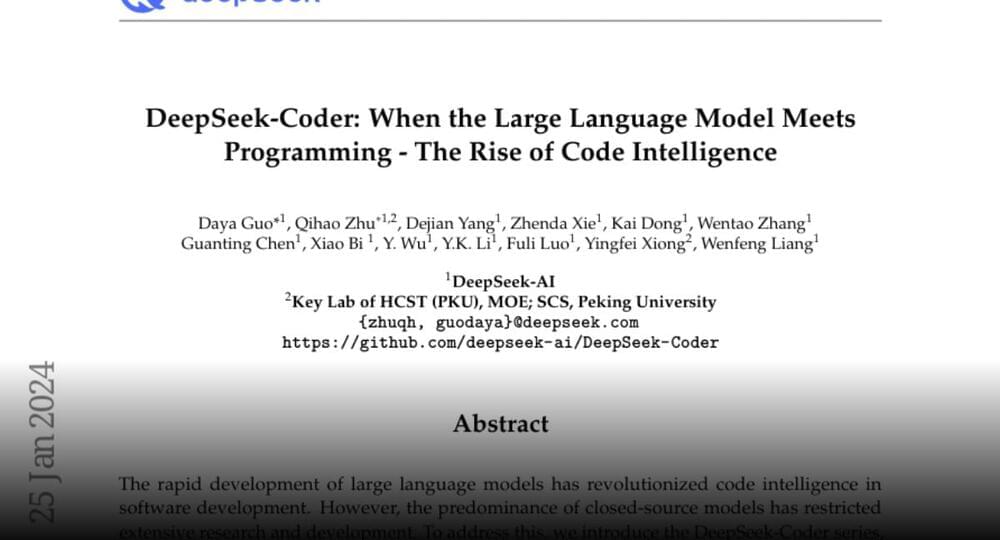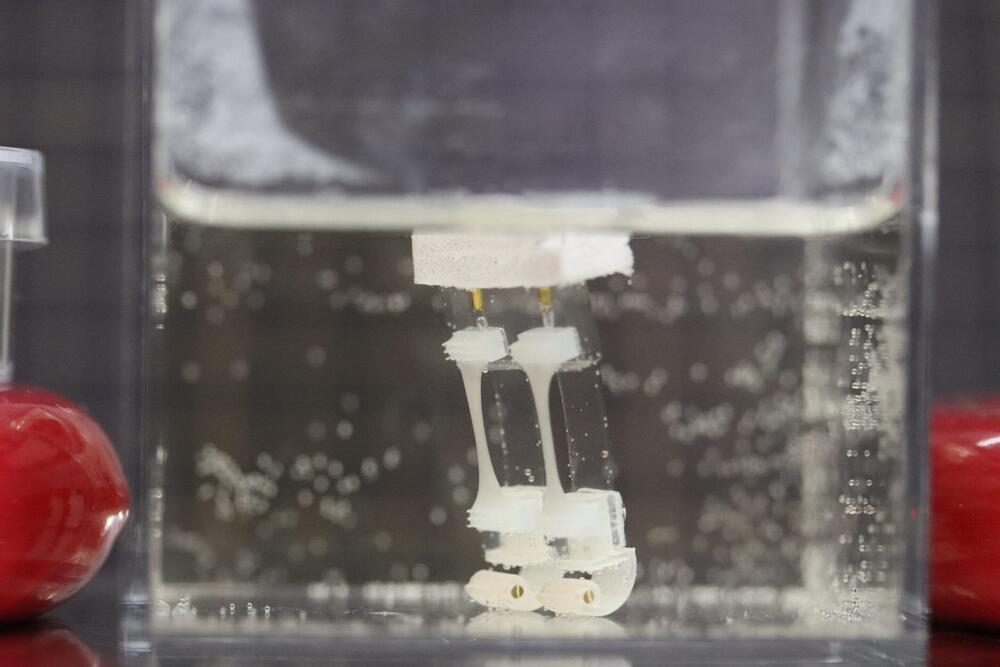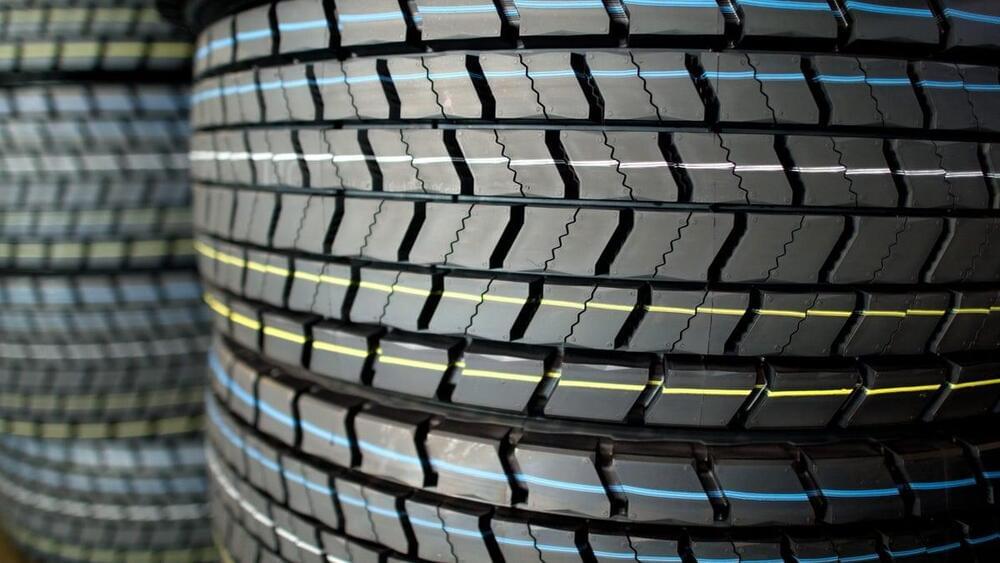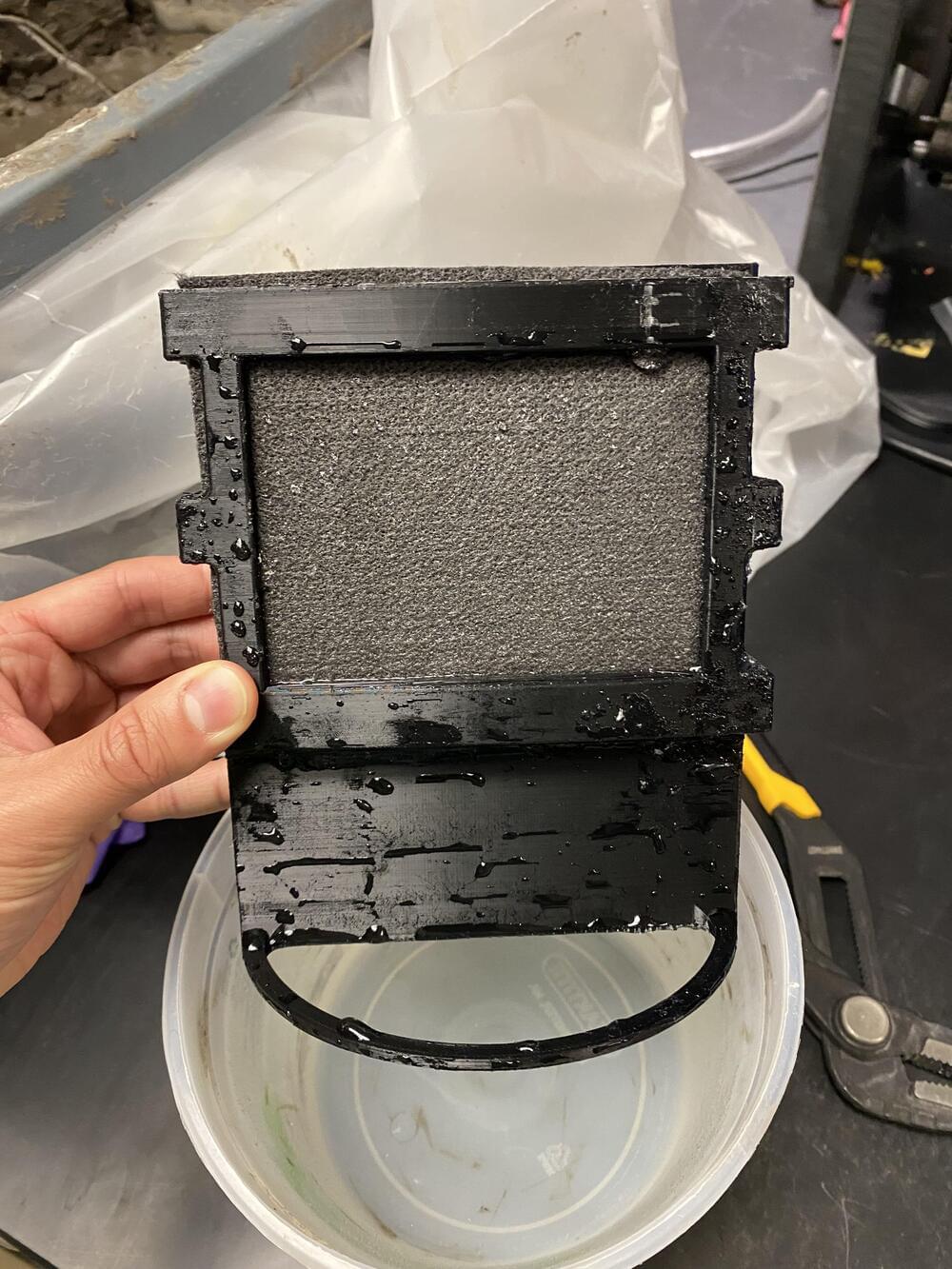Jan 26, 2024
Discovery of high order skyrmions and antiskyrmions
Posted by Dan Breeden in categories: climatology, particle physics
Researchers at the University of Augsburg and the University of Vienna have discovered co-existing magnetic skyrmions and antiskyrmions of arbitrary topological charge at room temperature in magnetic Co/Ni multilayer thin films. Their findings have been published in Nature Physics and open up the possibility for a new paradigm in skyrmionics research.
The discovery of novel spin objects with arbitrary topological charge promises to contribute to advances in fundamental and applied research, particularly through their application in information storage devices.
Magnetic skyrmions are localized, stable topological magnetic spin textures resembling a tornado-like whirl in a magnetic material. They can be very small, with diameters in the nanometer range, and behave as particles that can be moved, created, and annihilated, which makes them suitable for ‘abacus’-type applications in information storage and logic devices.
